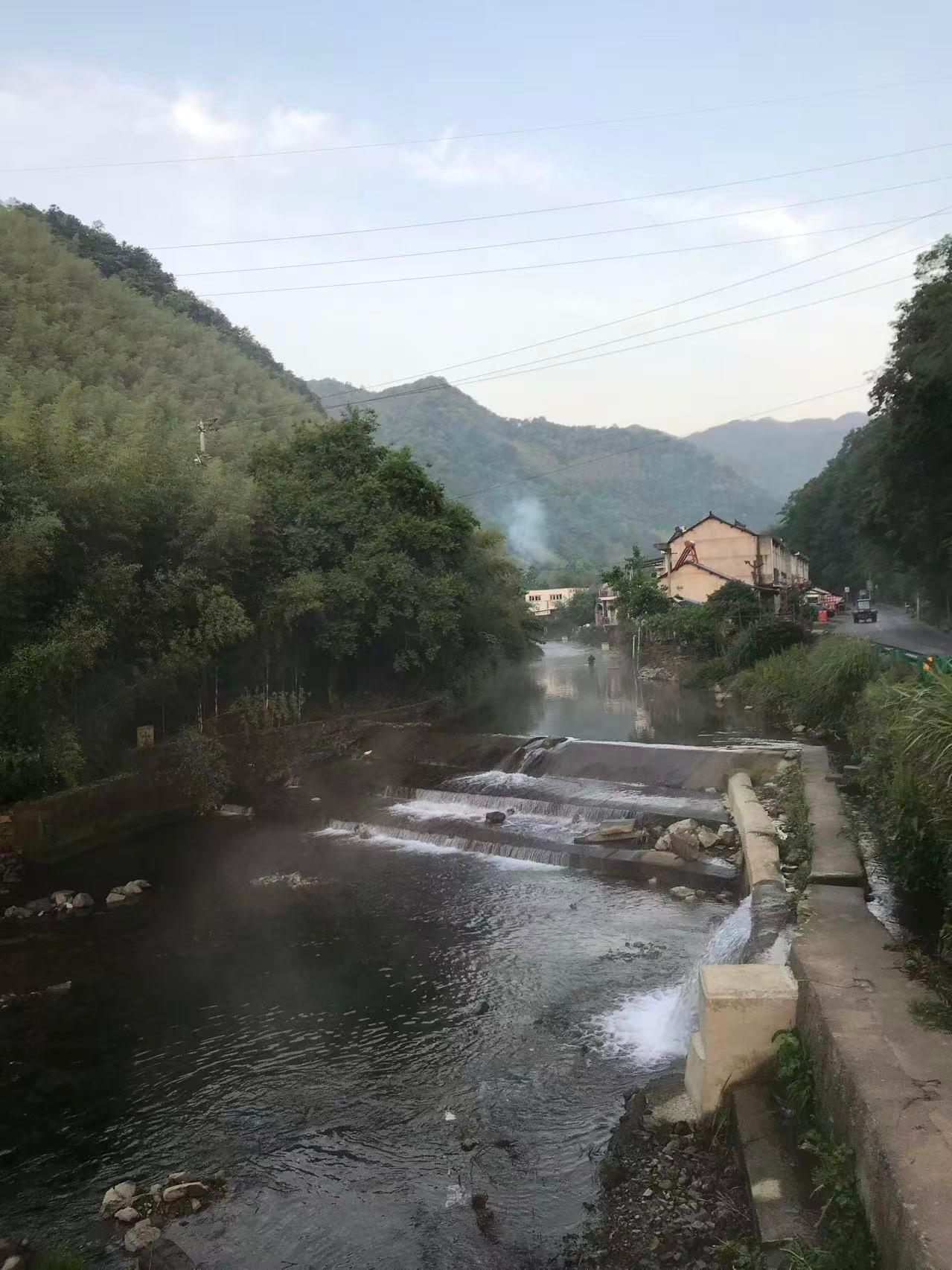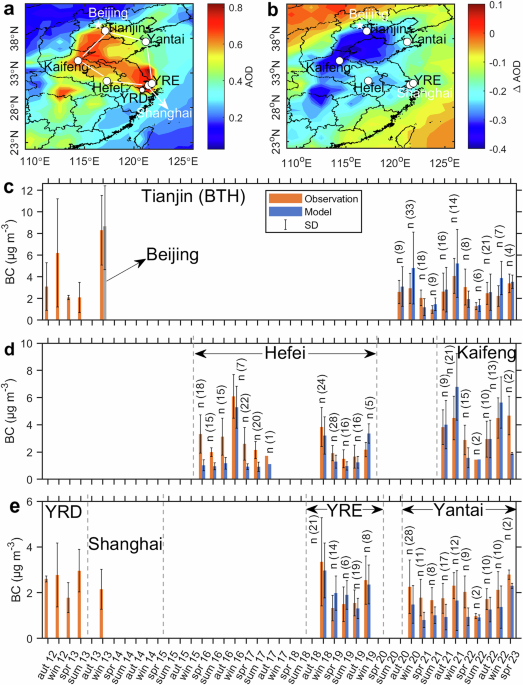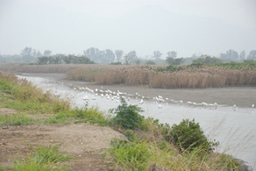Persevering Through a Decade to Decode China’s Aerosol Puzzle
Published in Earth & Environment and Sustainability

When we first examined satellite-derived aerosol optical depth (AOD) maps of China, we were struck by a persistent feature — a vast ring of heavy aerosol pollution stretching across several provinces and megacities. Despite continuous implementation of clean air legislation and stringent emission controls, this “pollution ring” only weakened unevenly but never truly disappeared. This unresolved puzzle prompted a long-term scientific quest: to uncover the sources and evolution of aerosols within this pollution belt. The full paper titled "Unprecedented shifts in aerosol pollution sources in China under a decade of clean air actions" can be found at https://www.nature.com/articles/s43247-025-02487-8.

To answer these questions, we began a decade-long effort to collect and analyze atmospheric aerosols across representative locations along this pollution ring. The project turned into an extraordinary challenge — both scientifically and logistically. Sampling devices, filters, analytical instruments, reagents, maintenance, fieldwork logistics, and isotope analyses all demanded substantial resources. Yet, without support from national funding agencies, we had to find creative ways to keep the research going.

We designed and built much of our own sampling equipment, borrowed instruments from colleagues, relied on help from local residents at field sites, and meticulously controlled every expense to sustain the campaign. Over the years, we collected nearly a thousand samples — from heavily polluted winters to clean summer air — and selected about 200 for radiocarbon and stable isotope measurements to trace biomass and fossil-fuel combustion signatures. The geographical and temporal scope, the volume of samples, and the complexity of the isotope-based modeling made this study one of the most comprehensive to date.
The COVID-19 pandemic brought additional difficulties. Travel restrictions interrupted field sampling, and coordination between provinces became nearly impossible at times. Yet, through perseverance and collaboration, we managed to complete the dataset — a rare achievement given the conditions.
In China’s academic landscape, conducting sustained, high-cost, data-intensive research without major funding or a large research team is exceedingly difficult. The success rates of national science grants remain low, often around 10%, and the evaluation systems tend to emphasize personal networks, number of published papers, institutional prestige, and ‘Talent Hat' rather than independent scientific merit. For early- and mid-career scientists without such institutional advantages, securing funding can be far more challenging than producing good science itself.
Despite these obstacles, we continued publishing our findings step by step — in JGR-Atmospheres, npj Climate and Atmospheric Science, and two in Communications Earth & Environment. This path has been neither easy nor conventional, but it reflects a belief that rigorous, long-term, field-based research remains the cornerstone of meaningful environmental science.
Looking back, this study is more than a scientific accomplishment — it is a story of persistence. It shows that curiosity, determination, and collaboration can overcome structural and financial barriers. Through our work, we not only traced how China’s clean air actions reshaped its aerosol landscape but also demonstrated how scientific perseverance can thrive even under difficult conditions.
Follow the Topic
-
Communications Earth & Environment

An open access journal from Nature Portfolio that publishes high-quality research, reviews and commentary in the Earth, environmental and planetary sciences.
Related Collections
With Collections, you can get published faster and increase your visibility.
Geology of the Moon
Publishing Model: Hybrid
Deadline: Jan 31, 2026
Drought
Publishing Model: Hybrid
Deadline: Dec 31, 2025




Please sign in or register for FREE
If you are a registered user on Research Communities by Springer Nature, please sign in